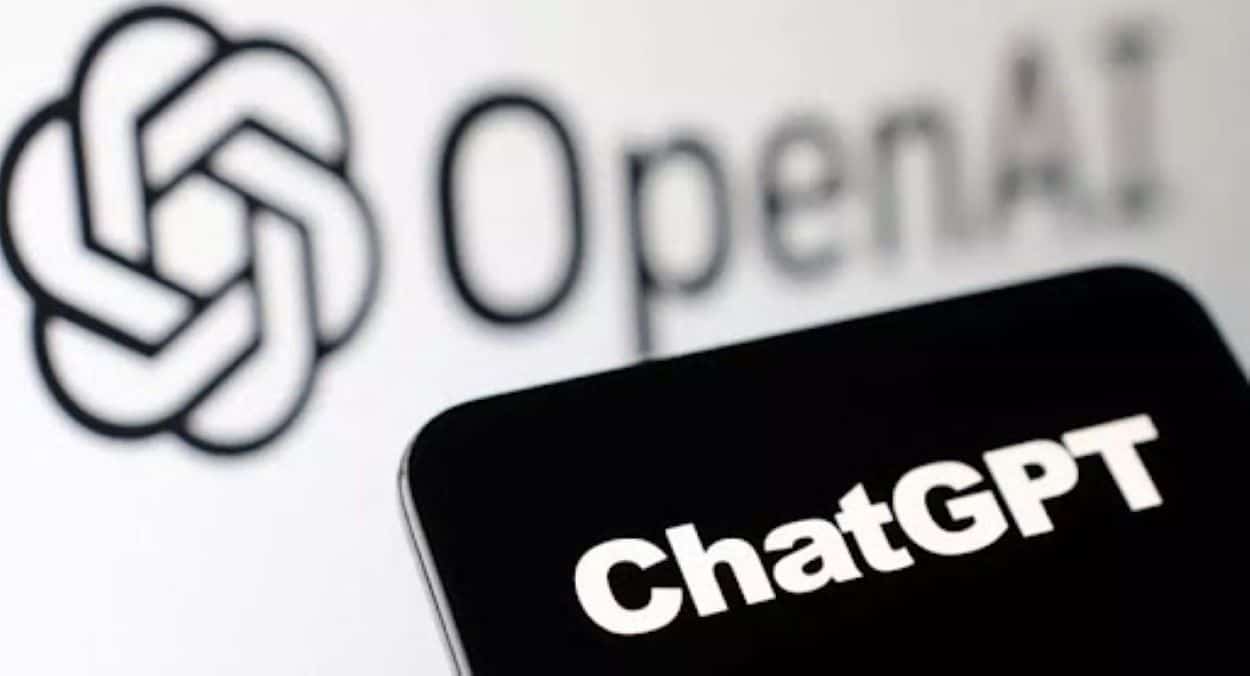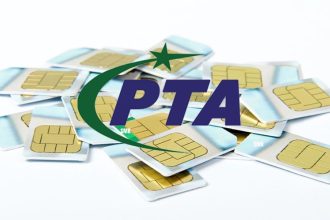For years, we’ve been taught that politeness is the key to effective communication. But in the world of artificial intelligence, the rules might be different. Emerging research suggests that snapping at an AI like ChatGPT could, surprisingly, yield more accurate results.
This article breaks down the compelling findings of a recent academic study, separating fact from fiction to help you craft better AI prompts.
Earlier this year, OpenAI CEO Sam Altman highlighted a little-known fact: the company incurs higher computational costs when users add pleasantries like “please” and “thank you” to their prompts. Each additional word requires processing power.
Despite this, Altman affirmed that the value of fostering polite human-AI interaction is “worth it.” But does this courtesy come at the cost of performance?
The Penn State Study: A Deep Dive into Prompt Tone
To answer this question, researchers at Penn State University conducted a systematic investigation titled “Mind Your Tone: Investigating How Prompt Politeness Affects LLM Accuracy.”
Led by Om Dobariya and Akhil Kumar, the study designed a rigorous experiment:
- Model Used: GPT-4o.
- Methodology: 50 diverse multiple-choice questions across mathematics, science, and history were fed to the AI.
- Prompt Variants: Each question was prefixed with phrases representing five distinct tones of politeness, creating 250 unique prompts.
- Level 1 (Very Polite): e.g., “Can you kindly consider the following problem…”
- Level 2 (Polite): e.g., “Please answer the following question:”
- Level 3 (Neutral): No prefix.
- Level 4 (Rude): e.g., “If you’re not completely clueless, answer this:”
- Level 5 (Very Rude): e.g., “You poor creature, do you even know how to solve this?”
The results were striking. The study found a clear, though not drastic, correlation between prompt tone and accuracy:
- Very Rude Prompts: Achieved the highest accuracy at 84.8%.
- Neutral Prompts: Also performed well, surpassing polite prompts.
- Very Polite Prompts: Recorded the lowest accuracy in the test at 80.8%.
This indicates that concise, direct, or even challenging language can sometimes trigger a more focused and accurate response from the AI.
A Critical Caveat: Why You Shouldn’t Insult Your AI
Does this mean you should start hurling insults at ChatGPT to get better answers? Absolutely not.
The researchers and subsequent studies emphasise a crucial limit. While “rude” phrasing showed a slight edge, obscene or highly offensive language is counterproductive. Large language models are often programmed with safety filters that may refuse to engage with abusive prompts, halting the conversation entirely.
Read: Kim Kardashian Admits Using ChatGPT While Awaiting Bar Exam Results
The takeaway is not to be rude, but to be direct and concise. The performance boost likely comes from the clarity and imperative nature of the command, not the insult itself.
For optimal results with AI models like ChatGPT, follow these evidence-based guidelines:
- Prioritise Clarity: Be specific and unambiguous in your request.
- Be Concise: Remove unnecessary filler words and pleasantries to reduce token load and sharpen the query.
- Use an Imperative Tone: Direct commands, such as “Explain,” “Summarise,” or “Calculate,” are often more effective than questioning phrases.
- Provide Context: When necessary, include key details to accurately frame the problem.
While a provocatively worded prompt might occasionally yield extra accuracy, the most reliable and ethical path to high-quality AI output is through masterful prompt engineering focused on clarity, context, and precision, rather than disrespect.






